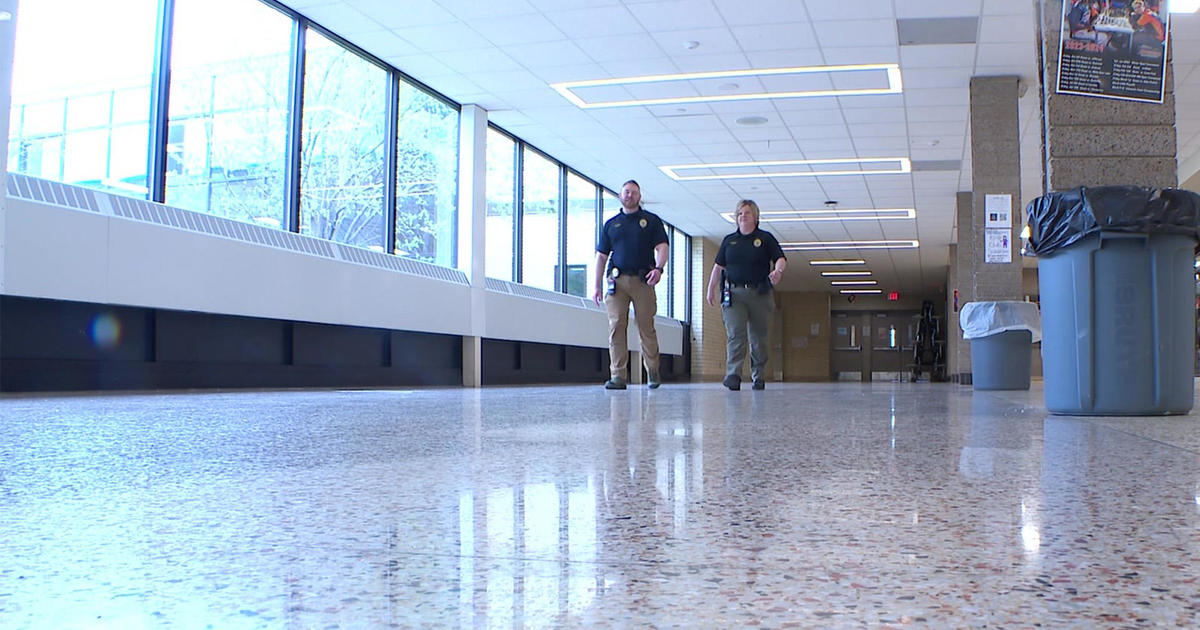5 Things To Know About The Midterm Election
ST. PAUL, Minn. (AP) — With any luck, Minnesota has two months left in its election season. Then again, the state is accustomed to high-profile races that go into overtime.
It just so happens that two recount survivors, Democratic Sen. Al Franken and Democratic Gov. Mark Dayton, share a ballot this fall in respective re-election bids.
Five things to know as the campaign enters the home stretch:
A SENATE RERUN OR RUNAWAY FOR FRANKEN?
Despite the low-key start to the race, it's going to get more confrontational between the first-termer Franken and Republican challenger Mike McFadden. Millions of dollars in television ads have aired and there are millions more to come, with a snippier tone starting to creep in.
Franken is trying to hang onto the seat he won by a whisker in his 2008 race. McFadden, an investment banker in his first campaign, is looking to latch onto a national political mood that favors Republicans. The pair probably won't share a debate stage until October, and those meetings could be sparing.
Leaders of the Independence Party, which netted 15 percent of the vote in Franken's last election, have distanced themselves from nominee Steve Carlson.
A GOVERNOR IN HIS POLITICAL TWILIGHT
It's been 20 years since a Minnesota governor cracked 50 percent of the vote. Don't bet on this year being a streak-breaker.
Dayton is asking for four more years in what he says is the last race of a lengthy political career that includes single term stints as auditor and a U.S. senator. Republican Jeff Johnson, a Hennepin County commissioner and former state legislator, wants to push Dayton into retirement sooner.
Independence Party candidate Hannah Nicollet, the Libertarian Party's Chris Holbrook and the Grassroots Party's Chris Wright could all nibble a slice of the vote share, too.
SMALL LEGISLATIVE BATTLEGROUND
There are 134 state House seats on the ballot, but few will be hotly contested.
Democrats enter with a 73-61 majority they won in a presidential election year that tends to lift turnout on their side. Republicans contend there are a minimum of 15 seats in play, but they'll also be defending a few of their own.
The strength of the top-of-the-ticket candidates will go a long way in deciding which party claims the majority.
The Senate, which is run by Democrats, is not on the ballot again until 2016.
GO AHEAD, VOTE EARLIER
Vote at your leisure.
This is the first statewide election where voting early is allowed for any reason, and, in the eyes of political operatives, encouraged. The campaigns and political parties are pushing to bank votes by getting their supporters to submit absentee ballots well ahead of Nov. 4.
That allows them to narrow their final get-out-the-vote efforts. It also minimizes the impact of late-breaking developments and negative ads.
People can vote absentee in person or by mail starting Sept. 19.
BRUSH UP ON RECOUNT LAW
What these candidates wouldn't give for a decisive verdict from voters.
In his 2008 race, Franken catapulted past Republican Sen. Norm Coleman after a prolonged recount and court case that left Minnesota a senator short for half a year. In 2010, Dayton saw a small but durable lead over Republican rival Tom Emmer hold up in a recount that extended into December.
Minnesota lawmakers have revised the state's recount law to limit what qualifies for an automatic review. Now the difference must be smaller than one-quarter of 1 percent of the votes counted for the trailing candidate to get a taxpayer-funded recount.
(© Copyright 2014 The Associated Press. All Rights Reserved. This material may not be published, broadcast, rewritten or redistributed.)



